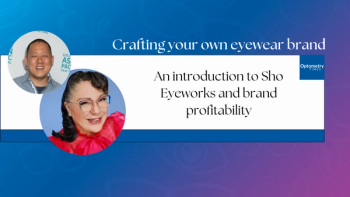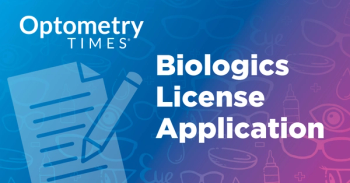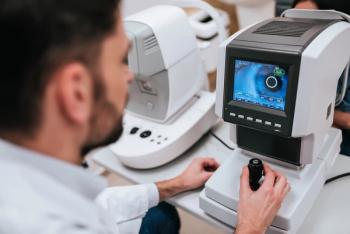
The effects of switching to latanoprostene bunod in patients with glaucoma
Nora Lee Cothran, OD, FAAO, details a real-world study that found IOP-lowering benefits when switching patients with glaucoma to latanoprostene bunod treatment.
Nora Lee Cothran, OD, FAAO, discussed a real-world study on switching glaucoma patients to latanoprostene bunod (LBN). Cothran explained that she initially noticed good pressure-lowering results when switching patients to LBN in her clinical practice. This led her and colleague Constance Okeke, MD, MSCE, to conduct a retrospective chart review, which found an average 25% IOP reduction in patients switching from prior prostaglandin medications. To further validate these findings, they analyzed data from the Iris Registry, a large eye disease database. From over 4 million patients, they identified 833 who met the study criteria. This larger dataset confirmed the IOP-lowering benefits, showing an average 2.8 mmHg drop for patients switching from prostaglandins, and 3.3 mmHg for those on non-prostaglandin therapies.
Cothran emphasized that these real-world results support using LBN, especially for patients not yet at target IOP or experiencing quality of life issues on current medications. Reducing the treatment burden by switching to a single, well-tolerated medication can improve patient compliance and outcomes. She challenged optometrists to take a more active role in managing glaucoma, rather than automatically referring patients to specialists. With their training and connection to patients, optometrists can effectively use data-driven approaches like LBN to control glaucoma and prevent vision loss.
In summary, the study provides optometrists confidence in prescribing LBN based on its proven efficacy in real-world clinical settings, helping improve glaucoma management for their patients.
Newsletter
Want more insights like this? Subscribe to Optometry Times and get clinical pearls and practice tips delivered straight to your inbox.








































